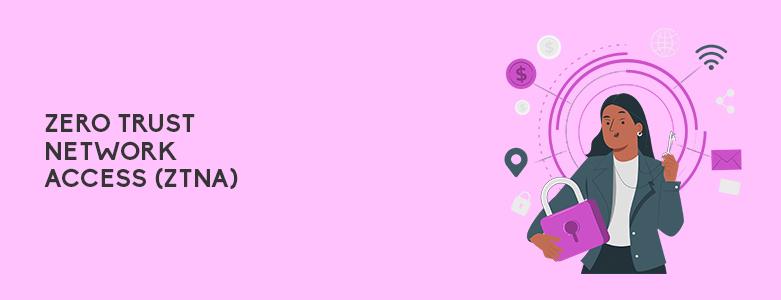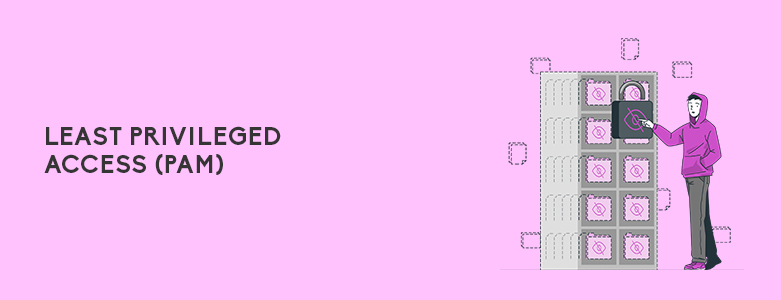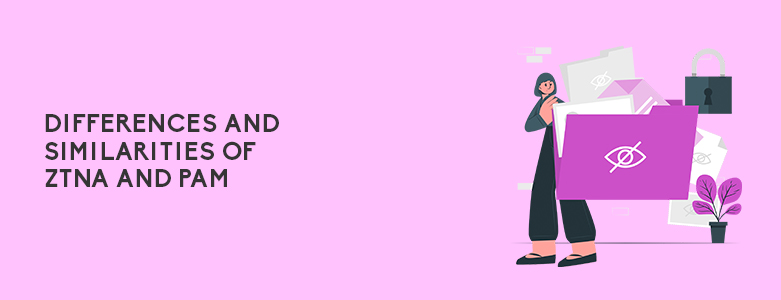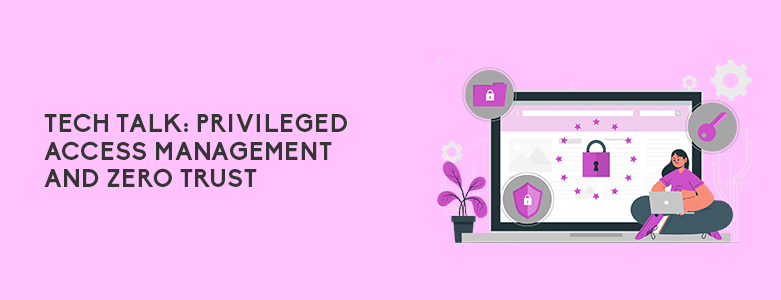In today’s business environment, we are facing an increased amount of risk hitting the business networks. Attacks are becoming more frequent and are no longer just targeted at your perimeter. Threats are now targeting businesses endpoints and users outside your security parameters. Remote work has grown tremendously over the past few years and has contributed to today’s new business standards. Attackers have adapted to these new changes and have shown success in their efforts as successful attacks and breaches have only grown. However, security vendors have also stepped up in stifling these growing concerns by adapting security solutions such as Zero Trust and Privileged Access Management (PAM).
These two technologies have become buzzwords in recent business presentations. However, how many in the industry really understand what both bring to their business security?
Zero Trust Network Access (ZTNA)

ZTNA or Zero Trust, is a security model that follows the concept of removing implicit trust no matter who is accessing it. This means that any insider or outsider access has to always be verified and authenticated each time they log into the business network.
Multifactor authentication (MFA) is a security solution that has gained traction in recent times. As it is a form of ZTNA in its simplest form, it is considered an entry level solution into adding ZTNA to their security posture. MFA requires users to authenticate through two or more methods whenever they have to access the business network. The methods range from user credentials, one-time password, push notification, etc.
Least Privileged Access (PAM)

PAM on the other hand, is a system that limits access rights and privileges of users so that they only have access to what they need. In essence, its the difference between having a key that works on every door and one that only opens certain rooms. To determine which user has what key, businesses need to assess it through role-based access to effectively implement least privilege access. An example would be receptionists of your organization should not be able to access sensitive or critical data like patient records or even financial data.
Differences and Similarities of ZTNA and PAM

ZTNA and PAM both minimize the risks that come with threats that come from access points of the business network. Conceptually, they both focus on removing inherent trust and limiting access within your network. However, what part of access is where they start to differ.
ZTNA focuses on removing trust of both internal and external users. Internal threats are handled through limiting the internal access that users have, which is usually overlooked. External threats on the other hand, are blocked through measures like MFA that verify and authenticate user identity.
However, once a breach happens, PAM is the specialized security measure that minimizes the attack surface. Attackers using a compromised account will find it harder to move within the system if there are access controls that limit what they can do. Examples of the limitations can range from what assets they can access to accessing them at certain time frames or even without external validation. If none of these measures are addressed, it would mean attackers will not be able to go deeper into the system or laterally move within it.
To learn more about ZTNA and PAM, contact us at marketing@ctlink.com.ph and we would be happy to consult your business on what best suits your business need!

